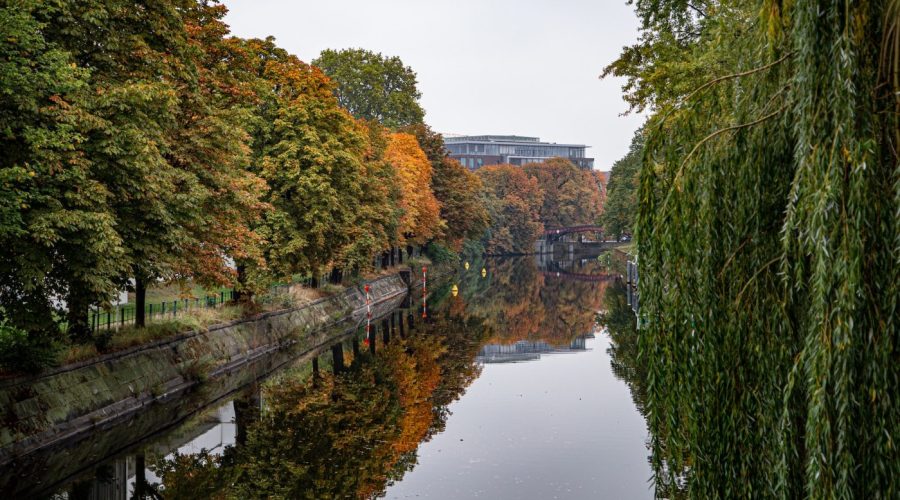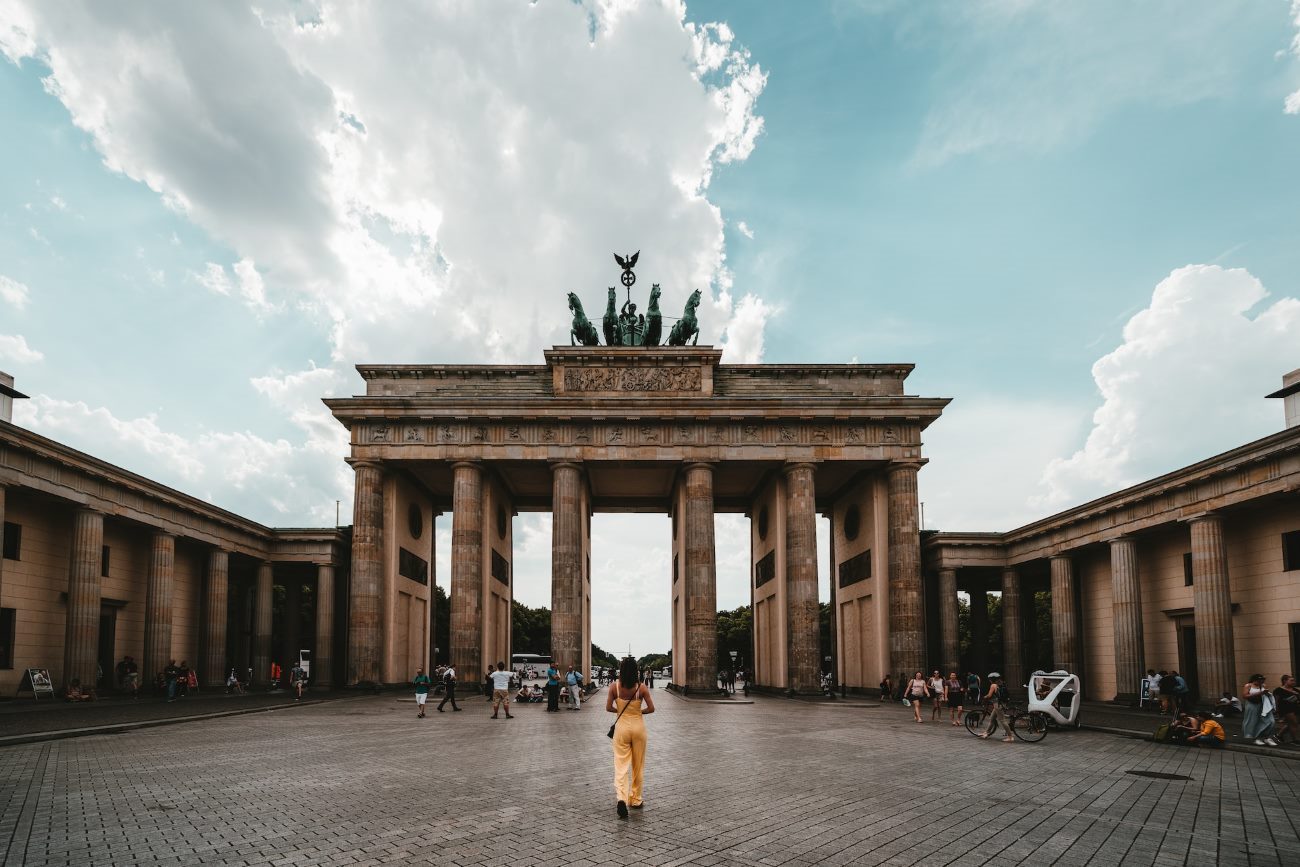Why Should You Visit the Musical Instrument Museum in Berlin?
Music enthusiasts along with those interested in global cultural music should include a trip to the Musical Instrument Museum (Musikinstrumenten-Museum) in Berlin, Germany. The museum exhibits more than 3500 musical instruments from worldwide sources to position itself as one of the biggest and most extensive collections devoted to musical instruments.
The History of the Museum
The Musical Instrument Museum brought its doors to public under its inaugural year of 1888. Berliner Royal Academy of Music first founded the museum before it relocated to its current home within Kulturforum at Tiergarten district of Berlin. The museum works to protect several musical instruments from diverse cultural backgrounds through their exhibition program which delivers educational and cultural value to its visitors.
The Collection
The museum contains a historical collection which traces musical history across diverse cultural elements and artistic musical compositions. Throughout history from ancient Egypt to the present day the museum presents musical instruments that originated from global locations. The museum displays its exhibits in useful arrangements which guide visitors to experience sections such as string instruments and wind instruments and percussion and keyboards and additional groups.
Highlights of the Collection
The Musical Instrument Museum offers several remarkable attractions that visitors should see.
- The legendary “Golden Swan” piano
- A Stradivarius violin, one of the most famous and valuable instruments in the world
- The museum holds a comprehensive lineup of historical keyboard instruments that features both harpsichords alongside pianos.
- A wide range of traditional instruments from Africa, Asia, and the Americas
Interactive Exhibits and Activities
кремarkable aside of the Musical Instrument Museum consists of its interactive display areas together with educational activities. Audio guides alongside touchscreen interfaces give users real-time instrumentation knowledge that includes both sounds and historical information. The facility provides digital playback of numerous musical pieces in addition to educational material about instrument history within particular cultural regions.
Live Performances and Workshops
The museum organizes live events together with demonstration workshops which enable attendees to experience direct sounds and specific instrumentation skills. Through its collection the museum presents classical piano concerts as well as traditional Indian sitar renditions and basic drumming educational workshops for different musical cultures.
Plan Your Visit
The following advice will help you maximize your visit to the Musical Instrument Museum in Berlin when you plan future travel to the city.
- Use the museum website to check both its operating hours and entry pricing.
- Joining an organized tour will provide detailed explanations about the various instruments in addition to their historical backgrounds.
- Earpieces like headphones and earbuds should not be forgotten when visiting the site since they enable you to hear audio guides and recordings.
- Devote sufficient time to discover all the exhibitions while taking part in workshops that draw your attention.
- Users should capitalize on any passing exhibitions and unique events that occur while they spend time at the museum.
- Verify the rules regarding using cameras and the accessibility of instrumentsin permanent displays inside the museum.
Conclusion
The Berlin Musical Instrument Museum gives visitors an exclusive chance to delve into musical history through its wide array of instruments from various civilizations spanning multiple time periods. The museum targets every person from musicians to history enthusiasts who wish to explore musical diversity because it delivers a memorable sensory experience. The museum offers a schedule-planning service for visitors who seek a full sensory experience of diverse musical instruments.
Table of Contents



